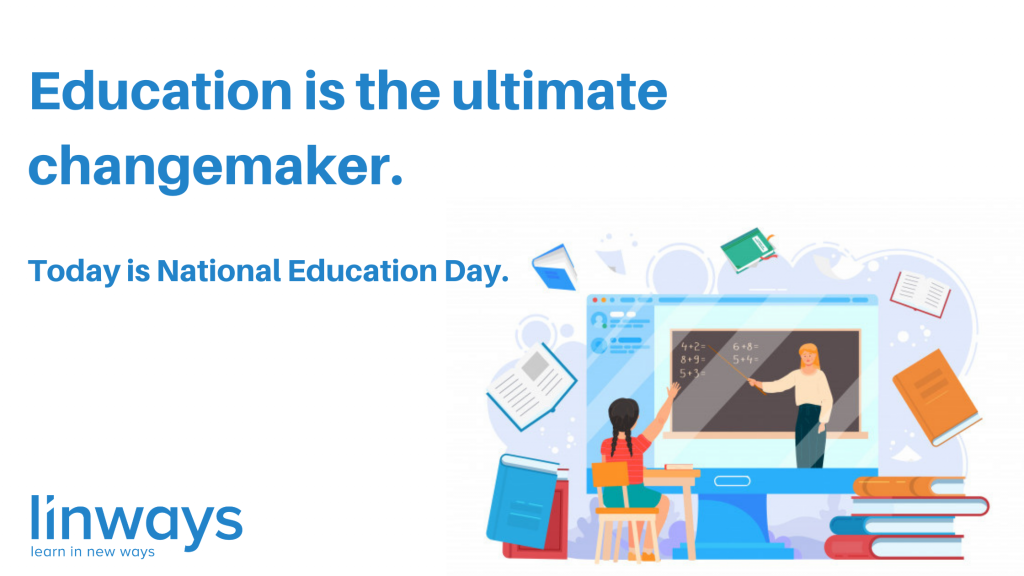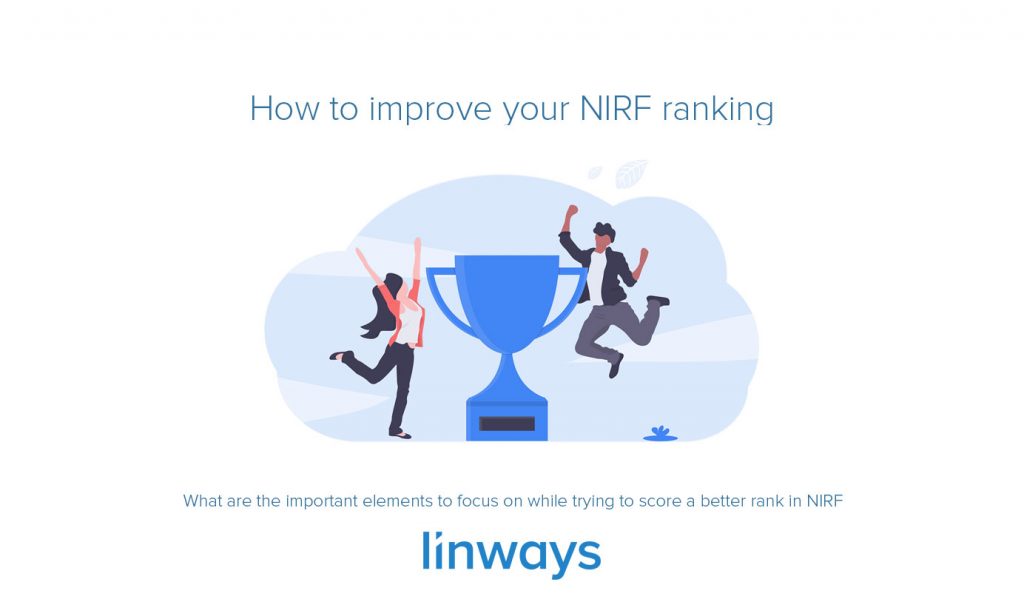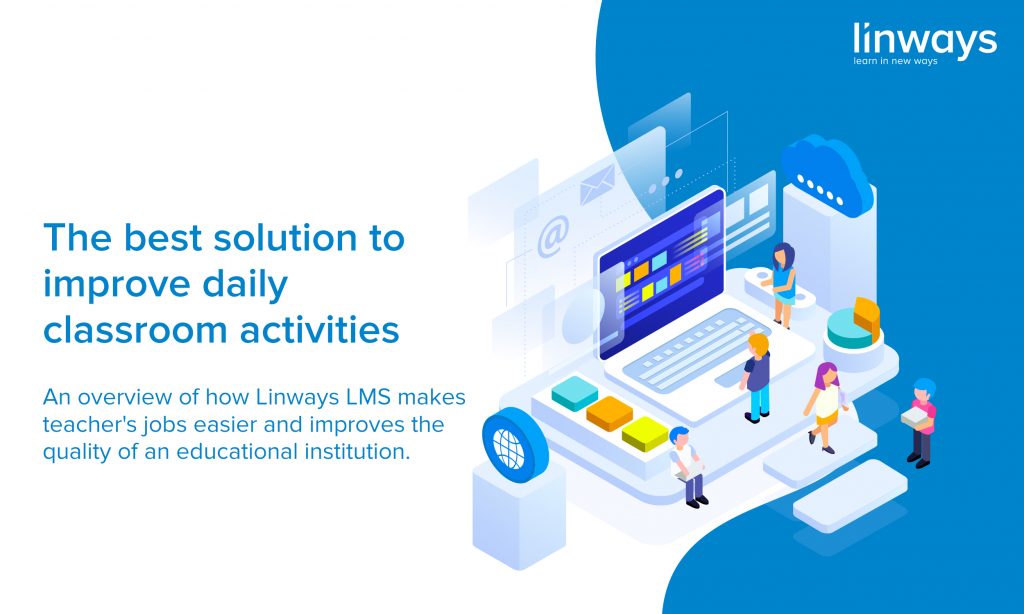How to transition from a physical classroom to a digital one as a teacher.

With the changing demands and lifestyle of people, traditional classrooms are gradually shifting to a digital era, and traditional classrooms are being digitized. A drastic change to an online platform from the conventional system creates a lot of dilemmas in the minds of teachers. While conducting a virtual class they have to ensure that nothing is spilled out from the traditional pattern and also to have to be more innovative and creative to ensure student participation and enrichments.
When it comes to online learning a wide array of tools and techniques are available for course delivery. Choosing the right tool will have far-reaching impacts in determining the course outcome. So let’s have a look at some of the basic principles that have to be taken care of while holding up classes remotely and the factors that have to be considered before choosing an online course delivery tool.
1. Setting schedules and rules.
The first and foremost thing to be considered before setting up an online classroom is predefining a set of rules and schedules. Especially when live lecture sessions are arranged, picking the right time for the content style really matters. Learning will become more effective when students are involved and engaged. Prefarrably while teaching a new topic or an important one, morning sessions can be arranged and afternoon sessions can be considered for tutorials and revision. It is always better to arrange classes when students feel refreshed and energetic
2. Shouldn’t we deal with the Bunkers?
Yes, all the students must be made active participants in the classes conducted. To make that possible, the teacher can put forward techniques like interactive discussions, quizzes, debates, and regulations such as attendance rules and reviews.
3. Establishing the presence.
In a normal classroom before starting a topic, a teacher walking into the class swings the minds of the student to the topic with a relevant story or introduction and establish their presence. The same, when put into practice in a virtual classroom, will induce the students to be attentive.
4. Engaging Students
While making remote lectures it is important to engage the students. As the teacher and student are not in direct interaction they can’t look to their student’s faces or read their body language. So the lectures have to be presented in such a way that it fills enthusiasm in students. Also maintaining communication with students makes them feel that you value their engagement.
5. Creating a flipped classroom model
Sending students resources such as texts, videos, podcasts, etc., to provide background knowledge that they can apply in subsequent learning activities can also add great advantage to online learning. It helps teachers in saving a lot of time spent on introductory classes.
6. Create tutorials and short lessons
All the subjects and courses do not require a synchronous learning mechanism to be followed. Such subjects are included in the curriculum as an objective to induce self-learning and research ideas in students. To deal with such cases teachers need to just provide only the course materials and necessary reference resources which can be done using online course repositories.
7. Create a centralized location for communication with students
Maintain a communication hub where you can update information for your students and parents and keeping updated about the events and schedules. This will ensure that notification regarding tests, assignments and classes reaches them without fail.
8. Include Curriculum Based Activities
Sticking eyes to the screen of digital devices round the clock makes the learning process monotonous for students. Assigning tasks and projects and making them submit reports and opening up a discussion or debate forums makes the students feel more dynamic and comfortable.
9. Asess Student Performance
When it comes to the cases of routine test and exams a lot of uncertainties comes into the mind of teachers like How it can be conducted.? Can all the students be included in the test at the same time and all? Ultimately a perfect solution for this can be using the right Learning Management System which supports the provision to conduct tests, quiz as well as assignments.
How embracing a right digital learning tool help the teachers
Interactive learning is an inevitable factor in the education system. So for holding interactive classes and open discussions Zoom, WebEx can be used as a good tool. The whiteboard board present within the zoom can be used for making illustrations and dealing with topics that include mathematical operations.
If you want to run or manage an entire educational institution virtually, Linways AMS can be the obvious choice. But if you’re only looking for a platform to take online classes for your students, tools like Google classroom can be useful.
Generally in an institute, teachers have to handle multiple subjects and batches. Organizing each of them will be a tedious task for them if it is not brought to a single platform. In Linways AMS Academics reports, course material repository and student details are handled in a well-organized pattern which can reduce the manual works of teachers. Also, the students, as well as parents, can be kept notified about the schedules, events and keep them connected with the system for carrying out the learning activities remotely in an effective manner
As virtual classrooms continue to expand we expect to emerge with more innovative features to change the way we learn with the help of technology.
Also published on Medium.




